If you're planning to explore Peru next year, June is the best time to visit Cusco. The city comes alive with color, music, dance, and spiritual energy during its most important celebrations of the year. From ancestral rituals and dazzling parades to culinary delights and religious processions, festivals in Cusco in June 2026 offer a unique blend of history, culture, and joy that you won’t experience anywhere else.
Cusco festivals in June 2026, the jubilee month of the Inca capital
Whether you're in Cusco for the legendary Inti Raymi, the dramatic Corpus Christi, or the delicious Chiriuchu food festival, every day in June holds something extraordinary. Here's everything you need to know about each of the Cusco festivals in June.
Why is June the jubilee month in Cusco, Peru?
Although the city of Cusco, the ancient capital of the Inca Empire, was founded by the Spanish on March 23, 1534, nowadays the city celebrates its jubilee festivities on June 24 each year. But why?
Remember that Cusco already existed when the Spanish conquerors came in 1534, without official data of its Inca foundation, since it appears to be older. During its pre-conquest period, the main festivity for the Incas was the Inti Raymi (Sun festivity), which was celebrated on June 24.
That is why, in the 20th century, the authorities of Cusco decided to change the city's jubilee dates to June 24th, coinciding with the ancestral celebration of Inti Raymi. This was done in an attempt to revive ancient traditions rooted by the Spanish and reinstate them.
The most important Cusco festivities in June
Now that we know why June is considered the Jubilee month of Cusco, let's take a look at the most important activities that will take place in Cusco, the historic capital of Peru.
By the way, we advise you to have your cell phone camera ready to capture the magic, color, and music that will walk the streets of the city this extraordinary month.
June 8–11: Q’eswachaka Bridge Renewal
This isn't just a simple straw bridge; it's living Inca engineering over one of the few Inca bridges that exist today. Every year in the Cusco province of Canas, the four Andean communities of Choccayhua, Huinchiri, Ccollana Quehue, and Chaupibanda come together to rebuild the Queswachaca Bridge entirely by hand, using traditional techniques and natural fibers like Ichu grass.
It all begins on the first day with a special ritual (Payment to the Earth) dedicated to the Apu Quinsallallawi, which takes place at dawn. While the ceremony is taking place, the women harvest Qoya Ichu, a type of Andean grass, which they then braid into ropes called Q'eswas. This work is done under the guidance of a Chakaruwak, the native bridge-building expert.
The next day, the old Ichu structure is carefully dismantled. The stone nails that held the old bridge are removed, and the four main ropes that will form the base of the new bridge are laid down.
On the third day, the handrails and the upper walkway are built.
And on the fourth day, the celebration begins! There is dancing, eating, and sharing, because in Andean tradition, community work has always been a reason to celebrate.
The reconstruction is a communal ritual filled with chants, blessings, and teamwork. It’s a powerful reminder of Inca ancestral wisdom still alive today, a lesser-known but deeply moving Cusco festival.
June 10–23: Traditional Dance Parades
Throughout Cusco's streets and plazas, workers from state and private institutions from all over the region gather to showcase their love for the city and its Inca past through typical dance parades. These Cusco dances come from the time of the Incas, and even from many years ago!
In this way, every day, dozens of groups perform intricate choreographies in stunning costumes representing the origins and local myths of each dance. Expect vibrant outfits, live music, and an atmosphere full of pride. These parades are a preliminary step before the celebration of Inti Raymi, energizing the city with rhythm and joy; one of the highlights of the festivals in Cusco in June.
This year, the parades will take place on the Cusco main square on the following dates:
- June 10: Initial educational institutions.
- June 11: Primary-level educational institutions. (Highly recommended seeing)
- June 12: Secondary educational institutions. (Highly recommended seeing)
- June 13: Higher education institutions.
- June 14: Universidad Tecnológica de los Andes.
- June 15: Colleges of Journalists of Peru and journalistic institutions.
- June 16: National University of Art “Diego Quispe Tito”. (Parade of giant mobile sculptures - Highly recommended seeing)
- June 17: Andean University of Cusco.
- June 18: National University of San Antonio Abad del Cusco.
- June 19: Inca Garcilaso de la Vega Educational Institution.
- June 22: Parade of the 13 provinces of Cusco.
- June 23: Civic Parade of private institutions of the region.
These events are part of Cusco's Jubilee month celebrations and offer an excellent opportunity to appreciate the cultural richness of the region. It is recommended that you arrive in advance at the main square of Cusco to ensure a good place on the sidewalks. Since this is a public space, there are no benches or reserved spaces.
June 15–18: Lord of Qoyllority Festival
A spiritual pilgrimage like no other, this Cusco festivity gathers more than 60,000 people, including worshipers, dancers, and musicians, who ascend to over 4,600 meters above sea level up to Sinakara Glacier, where the sanctuary of the Lord of Qoyllur Riti is located.
This figure represents the crucified Christ painted over a rock on the same Sinakara. Legend says that a boy named Marianito Mayta, a shepherd on the slopes of the Sinankara snow-capped mountain, in the late 18th century, saw another boy with blond hair, approached him, and they struck up a close friendship. Every day, they spent long hours shepherding, playing, and laughing. One day, when a snowstorm appeared, the children protected each other, having nowhere to take shelter. The next morning, they found Marianito's lifeless body next to a rock, where the image of Christ crucified was painted.
The legend grew, and today, people from all over the Andes come dressed in symbolic costumes, singing and dancing for days around the sanctuary. More than 50 groups of dancers from different communities (called "nations") participate with music, masks, choreography, and symbolic costumes. Among the dances, we can see the famous Ukukus, they are mythical figures who are half man, half bear. They are the guardians of the ritual, charged with maintaining order and climbing the glaciers during the early morning to collect ice, considered sacred.
The celebration fuses Catholic elements and Andean worldviews. It honors Christ, but also worships the mountains (Apus) and Pachamama. It was declared an Intangible Cultural Heritage of Humanity by UNESCO in 2011 and is one of the few living manifestations that strongly preserve ancestral Andean rituals, with a deep spiritual and communal meaning.
June 19: Corpus Christi
Corpus Christi is one of the most solemn and impressive religious holidays in Cusco. Fourteen sculptures of catholic saints and virgins are brought from different churches around the city in a grand procession to the Cathedral of Cusco. The faithful accompany them with music, fireworks, and offerings. Thus, the Plaza de Armas turns into a spiritual and cultural epicenter, with thousands attending this fusion of Catholic faith and Andean tradition. It's a breathtaking mix of incense, devotion, and pageantry.
Cusco is surrounded by traditional neighborhoods founded by the Spanish upon their arrival in Cusco. Each neighborhood is dedicated to a Catholic saint, to whom a church was built in that area. The day before, on June 18th, these images were taken from their temples and marched through the city streets toward the Cusco Cathedral. Those in charge of transporting them are local families from each neighborhood, who have been previously assigned this task. The representative in charge of each family is called a steward or "Carguyoc". The transfer of each sculpture takes place amidst dancers, local bands, joy, and color.
The 14 images spend the night in the Cathedral and are taken out in procession the following day. Each family in charge of their custody, along with the Carguoyoc, the band, the bearers, and dancers, accompany the sculptures, which then make a circuit of the main square.
When the Spanish conquistadors arrived in Cusco, capital of the Inca empire, they sought to evangelize the native Andean people by imposing Catholic buildings, images, and customs over their pagan counterparts. In this sense, they observed the procession the Incas carried out with the mummies of their former rulers (Mallquis) around Huacaypata (the Inca name for the current main square in Cusco), amid revelry, revelry, music, and Chicha (an Inca beer made from fermented corn). Thus, the Iberians decided to replace the Mallquis procession with the Corpus Christi procession.
June 19: Chiriuchu Gastronomic Festival
On the same day of Corpus Christi, a much tastier tradition takes place on the San Francisco square (three blocks west of the main square): the Chiriuchu food festival.
Its name comes from Quechua: "chiri" means cold and "uchu" means chili or spicy stew, so it literally translates as cold chili. Its origins date back to the colonial practice of Mita, a system of compulsory forced labor in the Inca Empire and later adopted by the Spanish colonial administration in South America.
It was a way of paying tribute through labor, where adult men were required to work in shifts for the colony in public works, mines, agriculture, and other services. At lunchtime, workers would bring and share the cold food their families had prepared for them in a single dish; thus, Chiriuchu was born.
In this form, this iconic Cusco dish (served cold) is a mix of guinea pig, chicken, cheese, seaweed, fish eggs, corn, and spicy sausage, everything boiled except the corn tortilla. Locals and visitors flock to San Francisco Square to enjoy this traditional meal that’s been part of Cusqueñan culture for centuries. Each stand competes for the prize of your palate, inviting you to taste this dish under its tents.
If you're a foodie, this is your day to indulge!
June 21: Andean New Year
As the Southern Hemisphere welcomes the winter solstice, the Andean communities celebrate the Andean New Year. It’s a spiritual moment of renewal, where families make offerings to the Apus (mountain spirits) and Pachamama (Mother Earth) in gratitude and hope. These offerings are wrapped gifts containing sweets, grains, coca leaves, toys, rose petals, among other accessories, perfectly arranged in the offering.
After these gifts are buried in places that were sacred to the Incas. The assembly of the gift and its burial, by means of chants in Quechua and prayers, are developed by the Pacos or Altomisayoc, species of Andean priests today.
In this form, in sacred sites like Sacsayhuaman and the Temple of the Moon, you’ll find sunrise ceremonies filled with coca leaves, fire, and Andean music, a beautiful festival in Cusco in June to reset intentions and celebrate life.
June 21: Night of Lights and Sound
On the eve of the Cusco Festival of the Sun (Inti Raymi), the city glows under fireworks and a massive sound-and-light show in a special night in the main square of Cusco (Plaza de Armas). This "Noche de Luces y Sonido" gathers crowds to enjoy musical presentations (concerts) of national and international artists, culminating the party with impressive fireworks under the beautiful starry night of Cusco.
June 24: Inti Raymi – Festival of the Sun
The crown jewel of all Cusco festivities in June is undoubtedly Inti Raymi, or the Cusco Festival of the Sun. This ancient Inca celebration honors Inti, the Sun God, the most important among Inca deities, on the winter solstice. The day begins at Qoricancha (Temple of the Sun) with a display of dances, music, and the representation of the Inca regent or Capac Inca. This activity is public, so you should arrive early at the Qoricancha surroundings to appreciate this performance in a better way.
The celebration continues through the Plaza de Armas, during this act, the current mayor of Cusco receives the blessing of the Capac Inca to have a good year in the economic and political aspects. The dances, music, and joy continue in the main square. Similar to Qoricancha, you will have to arrive first at the main square surroundings or reserve a table in the surrounding restaurants to get a view of this fantastic performance.
The activity climaxes with a grand theatrical reenactment at the Sacsayhuaman fortress. More than 700 actors recreate Inca rituals in full costume, attracting thousands of spectators from around the globe, having the presence of the Capac Inca, its royal family as main characters. For this part of the spectacle, you will have the possibility of buying entrances through the Municipality of Cusco, to get a seat in one of the three tribunes installed on the Sacsayhuaman archaeological park, around the scenery.
If there’s one Cusco festival to plan your trip around, it’s Intiraymi, a breathtaking journey into the past.
June 26: Octava de Chiriuchu
Can’t get enough of Cusco's signature dish? One week after Corpus Christi, locals gather once again in the San Francisco square for the Octava de Chiriuchu. It’s the encore to the original food festival, another chance to taste the flavorful blend that defines Cusco’s culinary identity. Don’t miss it if you didn’t get your fill the first time!
Celebrate Cusco in June 2026
June in Cusco isn’t just a vacation, it’s a full-on cultural immersion. With a calendar packed with spiritual pilgrimages, delicious food, breathtaking dances, and ancient rituals, every day brings a new way to connect with Peru’s Andean roots. If you're planning a trip, make sure to mark these dates and be ready to join unforgettable festivals in Cusco in June.
“Experience the magic, the flavor, and the spirit of the Andes. Cusco is waiting”

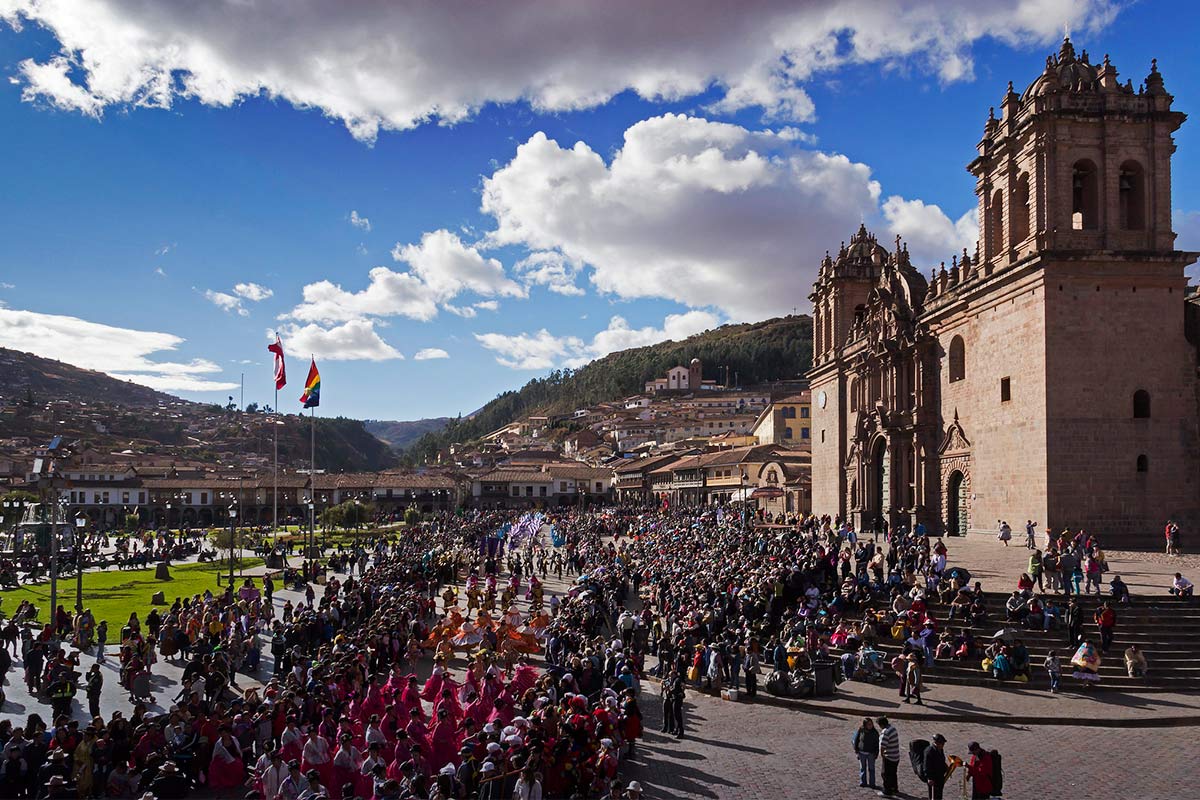
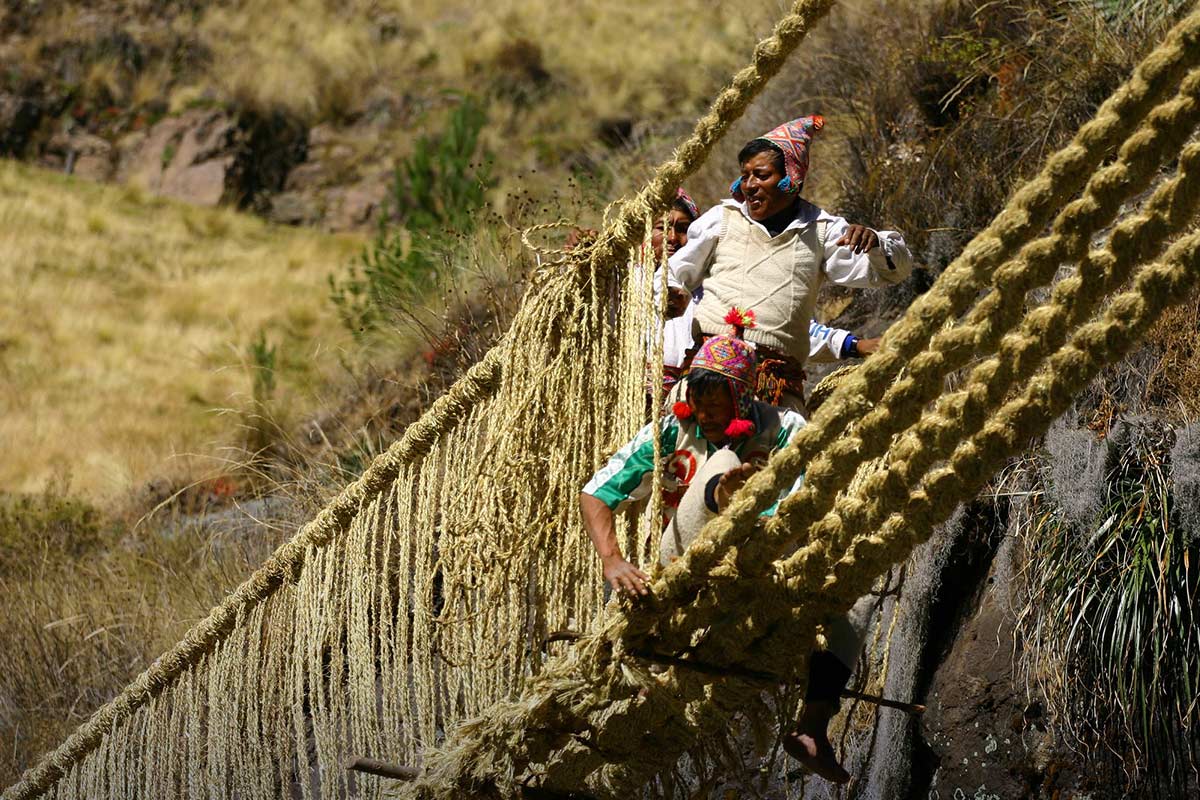
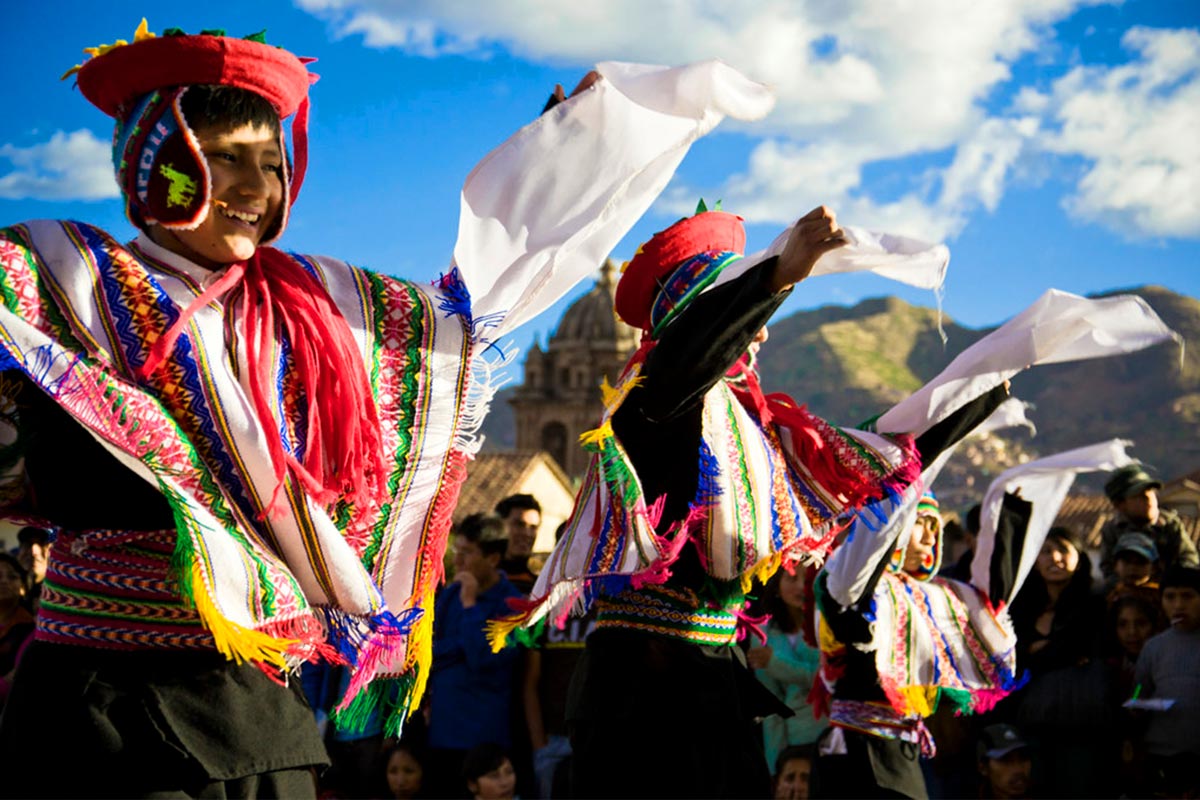

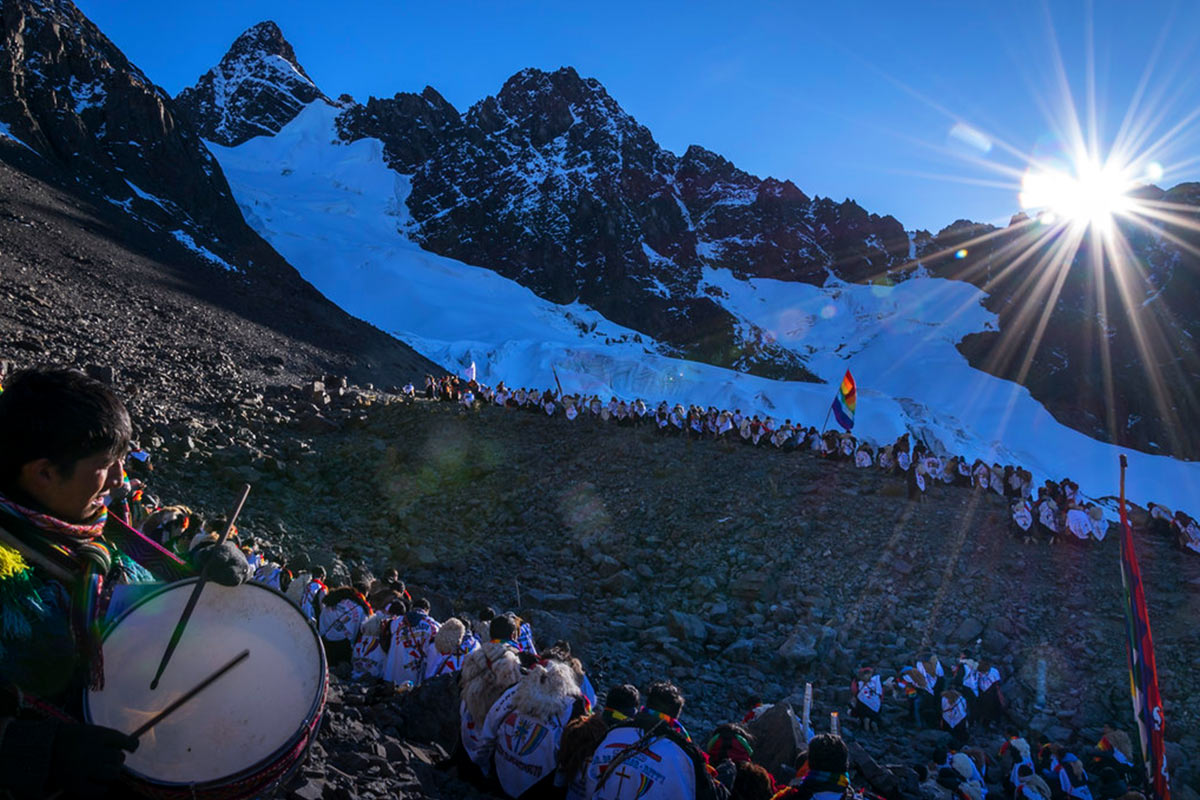

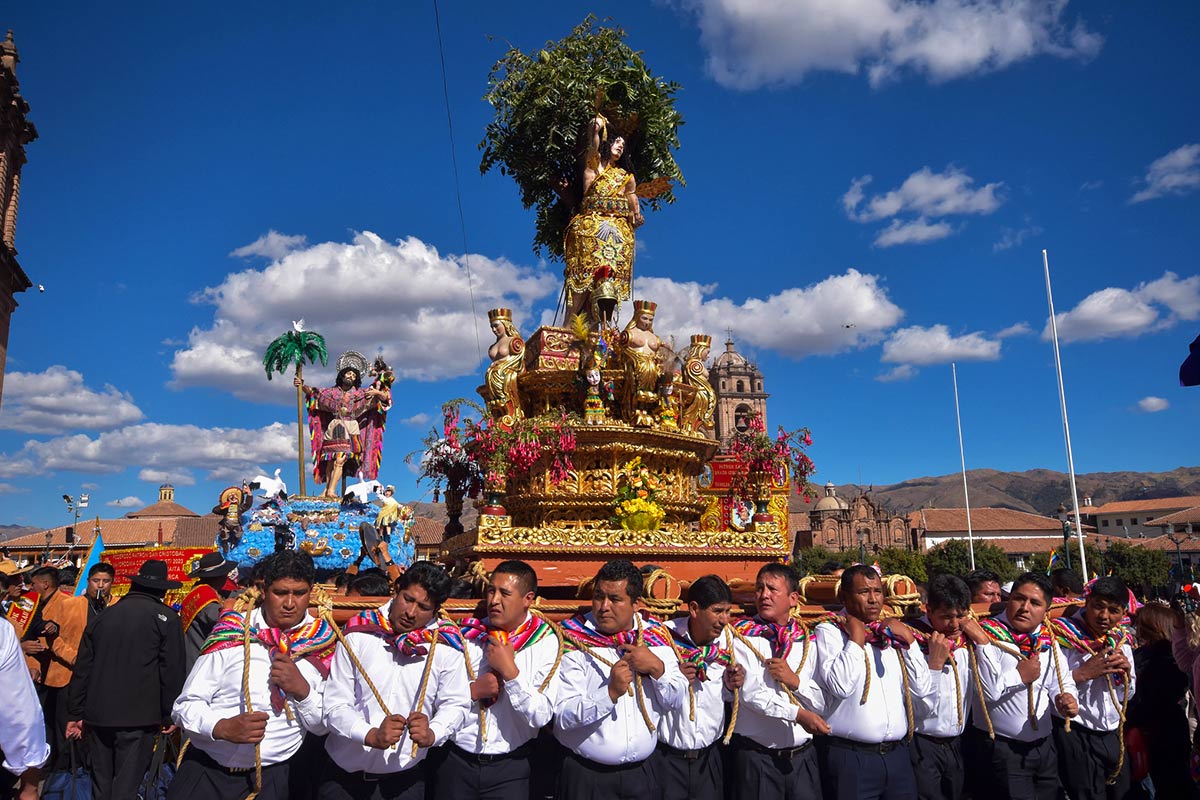
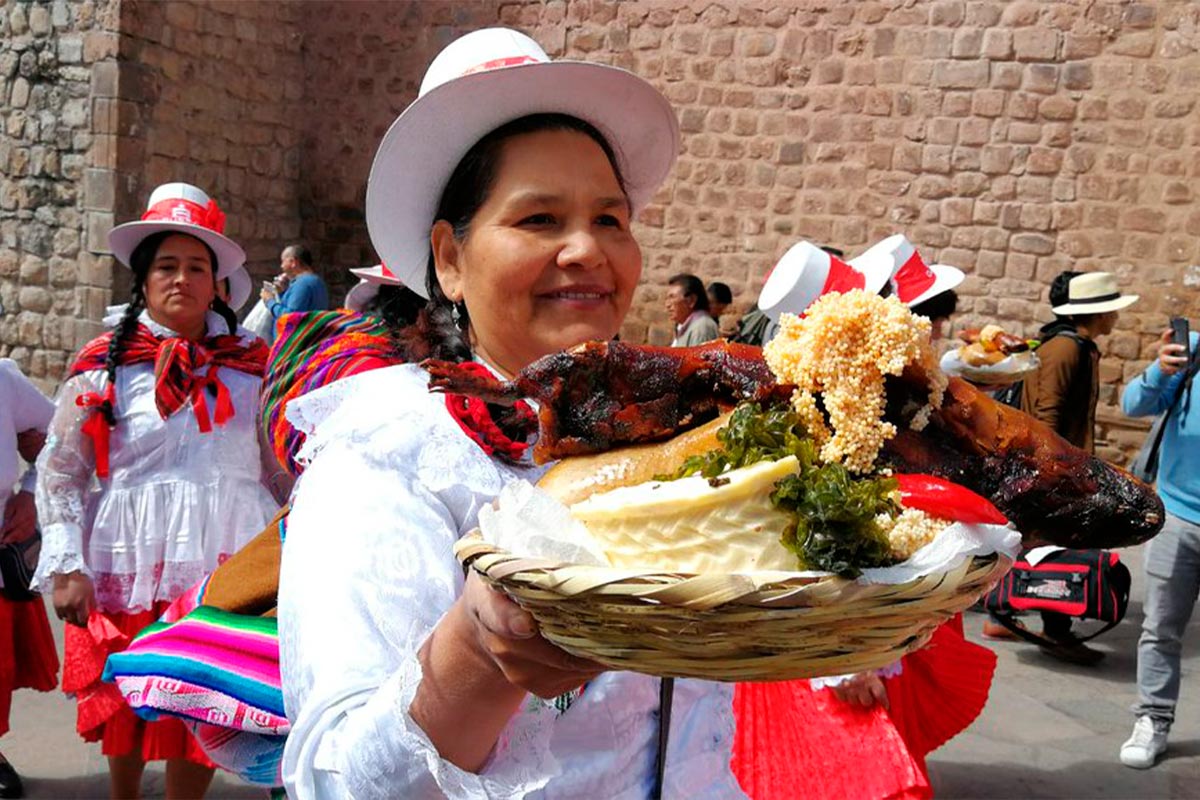
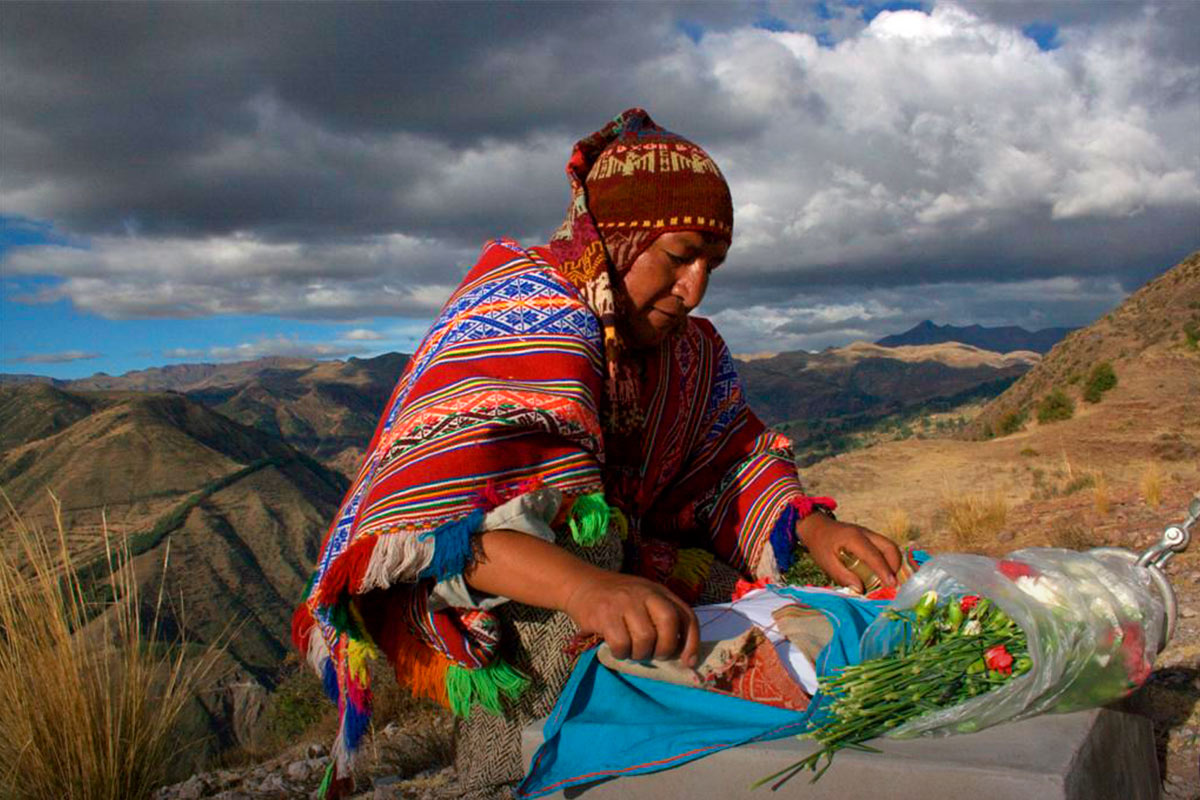
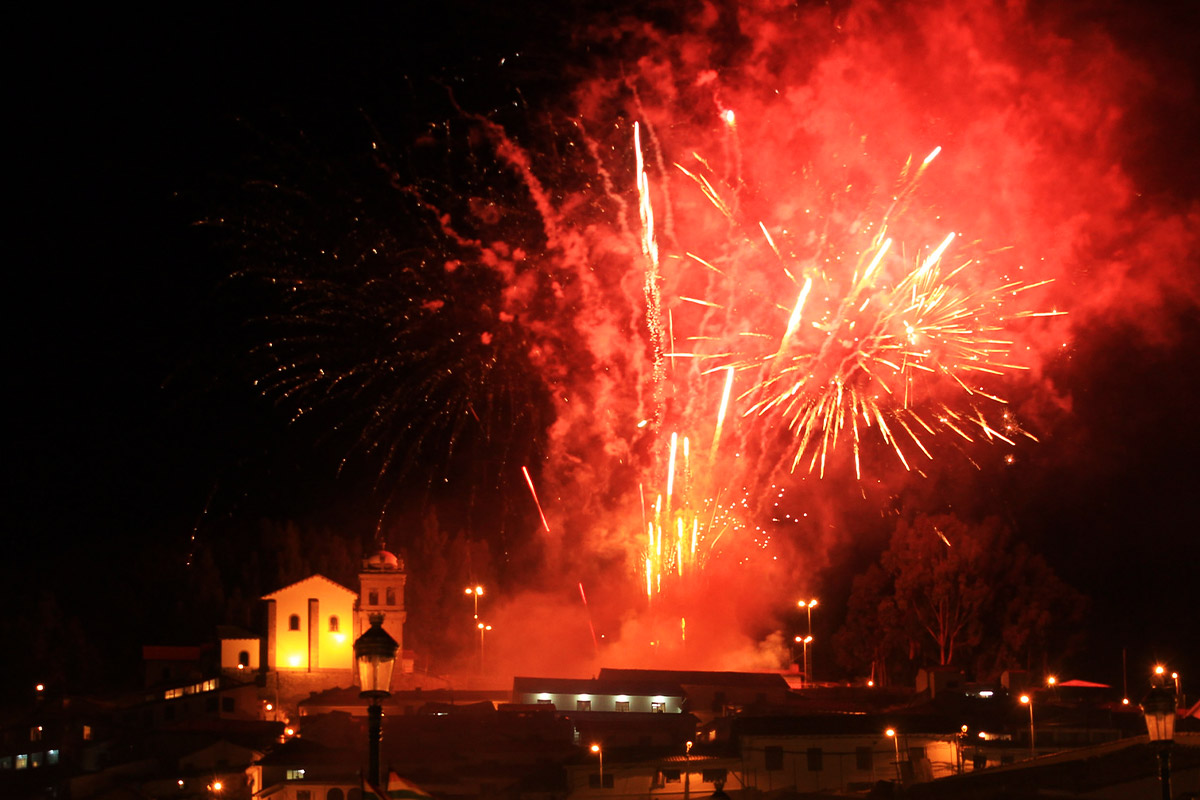
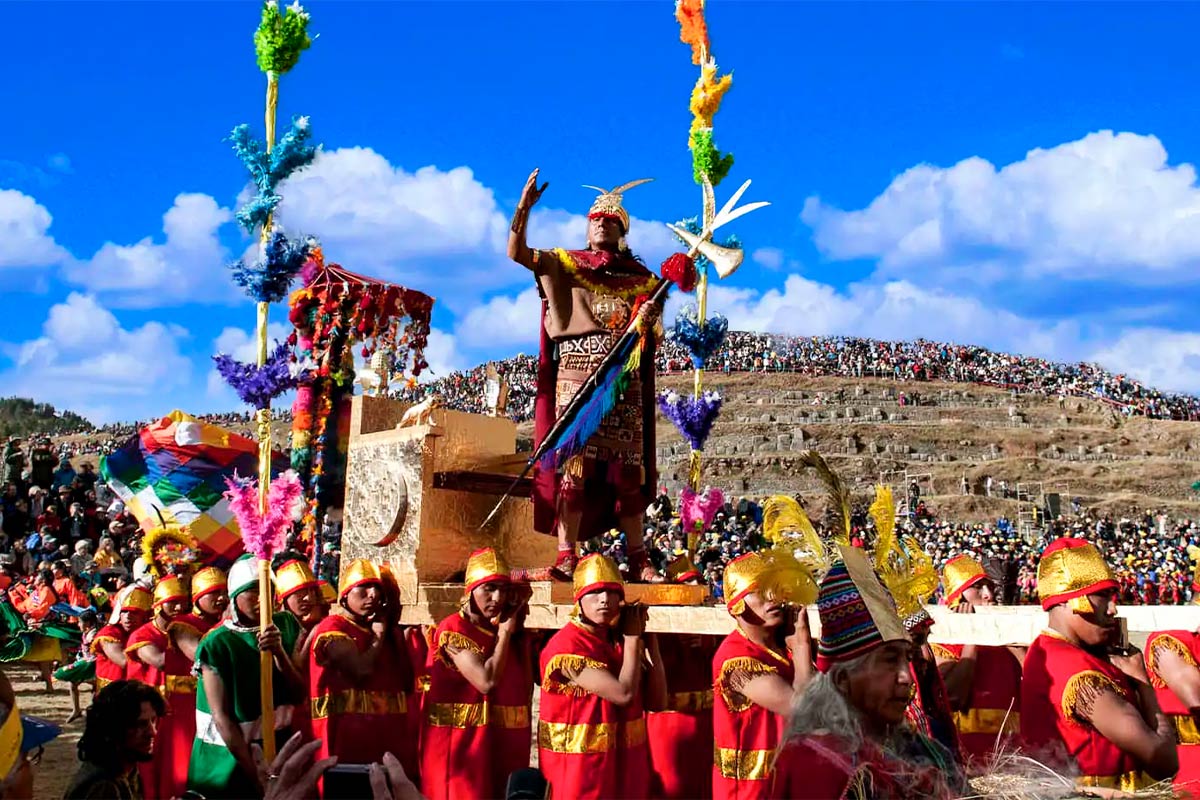

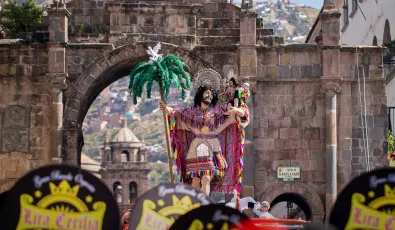
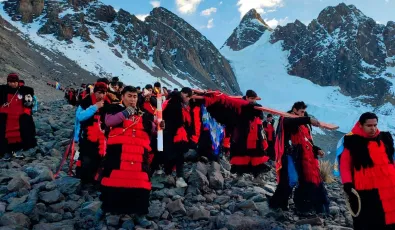
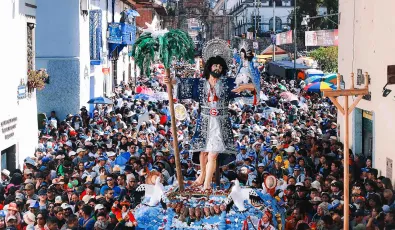
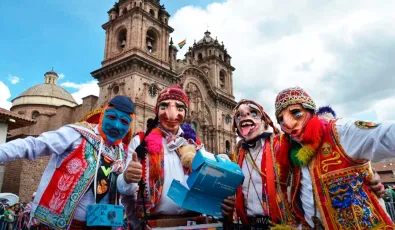
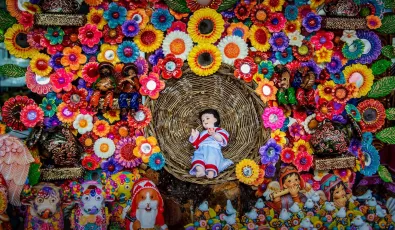

Add new comment